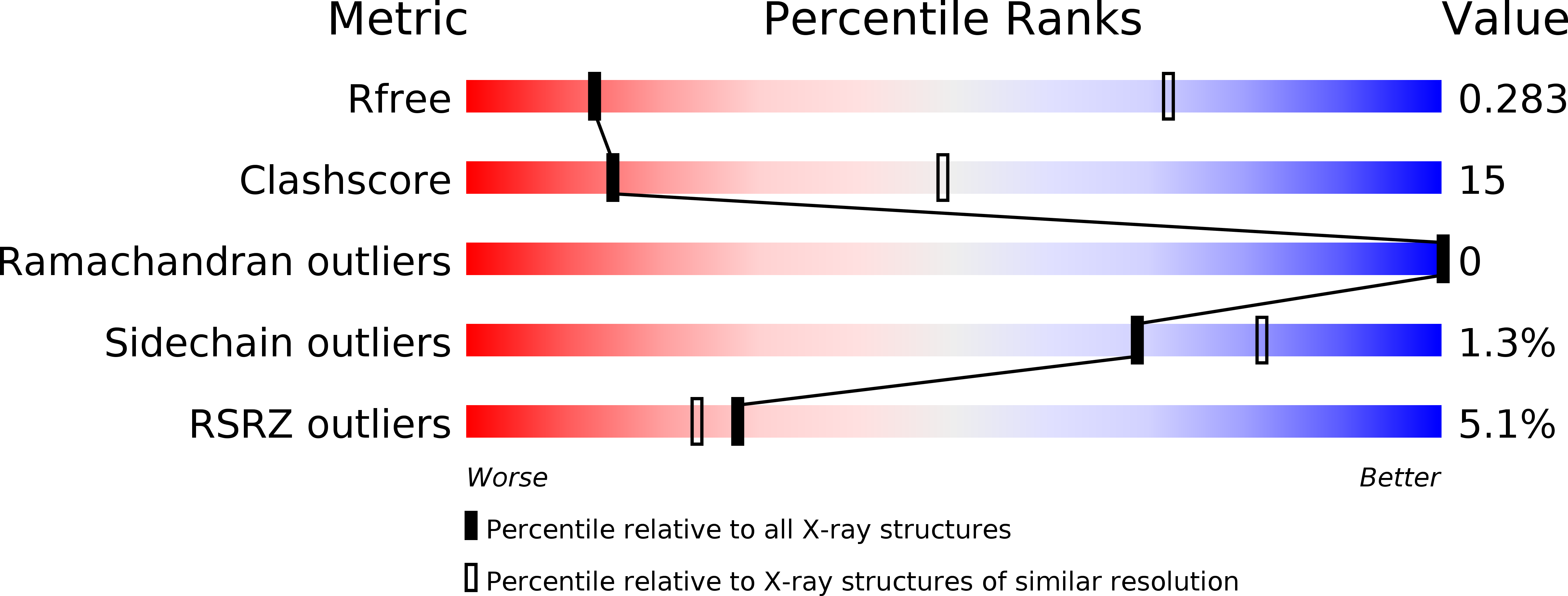
Deposition Date
2015-05-02
Release Date
2016-04-20
Last Version Date
2024-05-08
Entry Detail
PDB ID:
4ZM2
Keywords:
Title:
Antitoxin Phd from phage P1 in complex with its operator DNA inverted repeat in a monoclinic space group
Biological Source:
Source Organism:
Enterobacteria phage P1 (Taxon ID: 10678)
Host Organism:
Method Details:
Experimental Method:
Resolution:
3.88 Å
R-Value Free:
0.27
R-Value Work:
0.26
R-Value Observed:
0.26
Space Group:
P 1 21 1


